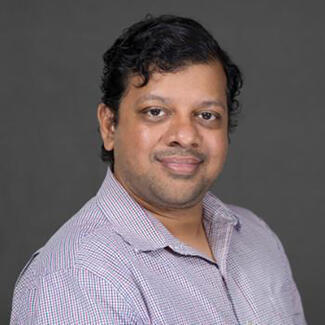
Ram Rajagopal is part of new research consortium to help optimize the future grid
With the support of the U.S. Department of Energy, a Stanford-led consortium of 22 research institutions seeks to help communities balance top priorities for a decarbonized grid.
By Mark Golden
Electric utilities, regulators, policymakers, and regional grid operators need – but do not have – the ability to balance multiple objectives for a decarbonized U.S. electric grid.
The federal government has set a goal of eliminating carbon dioxide emissions from the electric grid by 2035 while making sure that the impacts and benefits of clean power are distributed equitably. Achieving that goal will require a better understanding at the local level of how decisions affect energy affordability, grid resilience and reliability, and energy’s other environmental impacts, like local air quality and water supplies.
A new research coalition of universities, national laboratories, and non-government organizations led by Inês Azevedo, associate professor of energy science and engineering at the Stanford Doerr School of Sustainability, aims to provide just that. The three-year, approximately $23-million research project “Equitable, Affordable & Resilient Nationwide Energy System Transition,” or EARNEST, will be primarily funded by the U.S. Department of Energy.
Read the full article, 'New research consortium seeks to help optimize future grid,’ Doerr School of Sustainability.